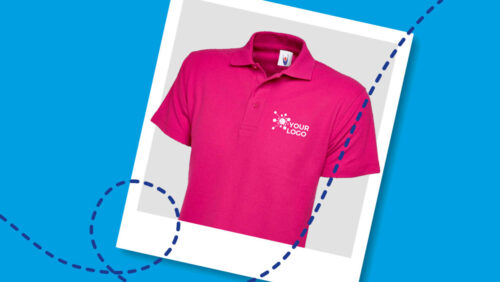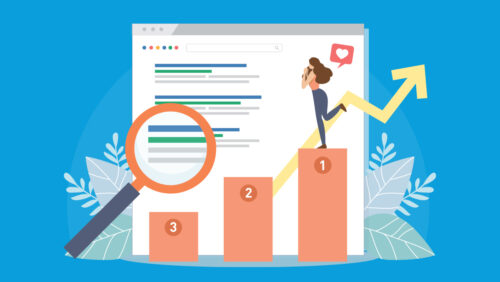
Can emojis work in Marketing?
It’s world emoji day! Emojis have been an integral part of our lives since Apple introduced them to their iPhones in 2011. They’re all around us.
Posted on: July 17th 2017 • Posted in: Graphic Design, Marketing Tips, Printing
From text messages, Facebook reactions, even cuddly toys – emojis are instantly recognisable and increasingly prominent. So much so they’ve now infiltrated marketing platforms. They’re so widespread you may not have noticed, but research is proving that their impact is positive. Here’s more about the emoji revolution.
What is an emoji?
The dictionary definition of an emoji is: ‘A small digital image or icon used to express an idea or emotion’. In reality it means the smiley faces and other icons seen in text messages and the like. Different to an emoticon (a representation of a facial expression such as a smile or frown, formed by various combinations of keyboard characters), emojis are now common in their use. Indeed, in 2015, Oxford Dictionary’s ‘word of the year’ was , or the ‘Face with Tears of Joy’ emoji.
The use of emojis in marketing
Also in 2015, the marketing platform Emogi released a report stating that 92% of online consumers use emojis. Given consumers’ familiarity with the icons, it’s little wonder that they have infiltrated marketers’ toolboxes in recent times.
Emojis can be used in a range of marketing materials. Emails, press releases, billboards and of course social media are all being taken over by the emoji. Here’s how to implement them into your marketing campaigns.
Emails
Emojis are more and more regularly appearing in email subject lines. Adding colour and a sense of fun to preview text, an emoji in the email subject can also increase open rates. According to a report by Experian, 56% of brands using emojis in their email subject lines had a higher unique open rate. It seems this gimmick works then.
It makes sense. An image can make you stand out amongst lines of text. A familiar emoji can also replace text, meaning more information can be displayed in the preview, increasing your chances of an open.
According to the email marketing service Mailchimp, the top emojis used in 2015 were ®️, , , ❤ and . Give them a try through A/B testing and see what effect they have on your marketing.
Social Media
The most obvious place to use emoji is in social media posts. Users are already at ease with using them in this context, and won’t be offended by seeing them in business posts. Indeed, using emojis on platforms such as Twitter, Facebook and Instagram is shown to increase interactions, including the all important shares.
Billboards and Posters
Carrying on the idea of emoji only advertising, McDonald’s created poster campaigns devised only of the icons. Being a universal language, they’re easy to interpret, even by an international audience, but are different to create intrigue.
Another emoji based billboard campaign was for Marvel’s movie Deadpool. Their L (Dead-poo-l) campaign was a hit with fans as it tied in with the anti-hero’s twisted persona. Proof that by knowing your audience, emojis can be an effective marketing tool.
Top Tips
- Make sure emojis are used correctly – people interpret emojis differently. Emoji reference sites such as emojipedia.org have descriptions of the icons. Check them to avoid the embarrassment of an incorrectly used icon.
- Understand your audience – Emojis may not be for everyone. Although they can be used in a B2B setting, for some industries this would still be inappropriate. Listen to your audience. If they don’t respond well to marketing using emojis, stop using them. Simple.
- Don’t overuse emojis – One or two emojis used now and then can have a big impact. Lots of emojis in every email campaign risks desensitising the reader to them, or even annoying them. Use them sparingly for the best effect.
- Beware copyright – Different companies have different versions of emojis. Apple’s smiling face is different to Twitter’s and Google’s for example. This means there all bound by different copyright restrictions. They’ll be fine to use on the respective platform, but printing them on a t-shirt will land you in trouble. Always check the licence before reproducing the emoji outside of its accepted platform.
As you can see, emojis can be used in a variety of marketing situations. Using them in the right setting can make your brand seem more personable, increasing interaction between you and your customers. Follow the rules above to really make the most of your marketing campaigns, bring a little to your customers, and maybe even make some extra .
Happy World Emoji Day 2017 !
At Kall Kwik Bury St Edmunds we’re your go-to marketing partner. To find out more about how we can help you with your next design project why not call us on 01284 752266 or email [email protected].
Read more: ‘5 ways to use stickers in your advertising campaigns’ »
If you enjoyed this post, please share it with your Facebook and Twitter followers using the links below!


